
Stokkete / Envato Elements
Let’s go straight to the facts:
- 55 percent of consumers go directly to Amazon to search for items instead of a search engine.
- More than 200 million people visit Amazon every month.
- Amazon sold $173 million worth of products on Amazon Prime Day 2019 alone.
These three facts are enough to prove Amazon’s powerful presence in the e-commerce industry.
With the opportunity brought by the e-commerce site for sellers, converting listings to sales is almost as good as a guarantee, but along with millions of people wanting to take advantage of this opportunity, how do you make sure your products stay ahead of the competition? Below are five proven and effective Amazon online marketing strategies that you should know.
Table of Contents
1. Pay-Per-Click Campaigns
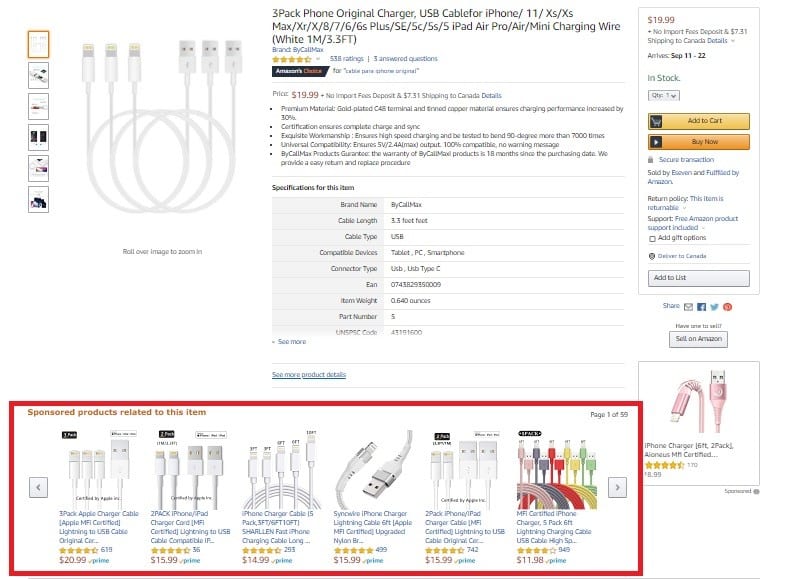
What is it?
Pay-per-click (PPC) is Amazon’s internal marketing system, which allows you to promote your products and brand within a limited budget. As the term states, sellers will only have to pay the amount equivalent to each click’s worth that each advertisement received.
PPCs come in three types:
- Sponsored Products are for individual items, which can be found below the search results or below the product descriptions.
- Sponsored Brands are also known as Headline Search Ads. These allow you to feature your brand’s logo, along with three of your top products. Each click to these ads leads to the brand’s landing page.
- Sponsored Display allows you to advertise on websites outside of Amazon.
How this works.
To start your PPC campaign, you must have at least one product listed under Amazon’s Brand Registry and be eligible for the Buy Box; meaning, you must be subscribed to FBA. Creating a PPC campaign comes in two steps: adjusting the campaign settings then creating an ad group.
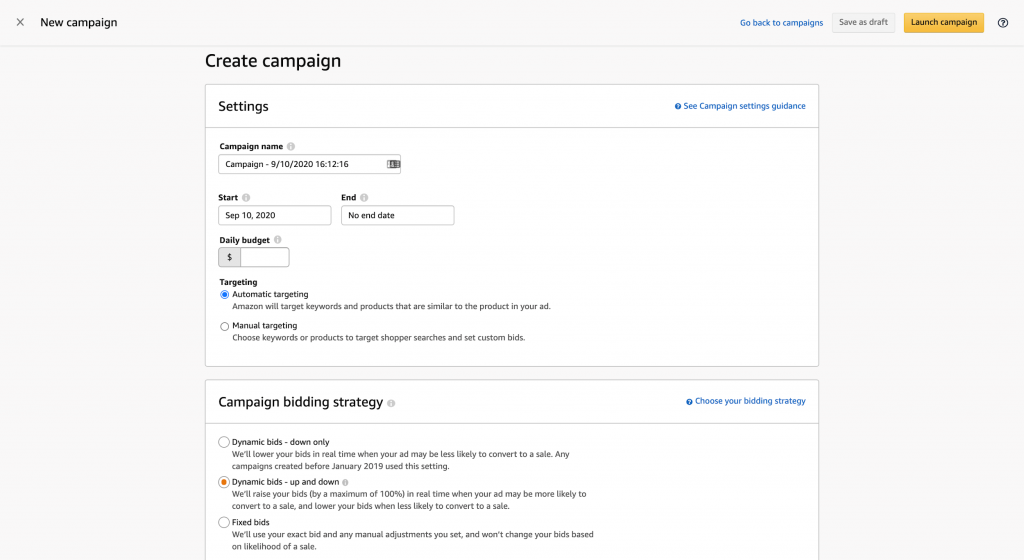
For the first step, you must enter the campaign name, duration, and daily budget. The second step requires you to input the ad group name (if advertising more than one product), the specific products to be advertised, and your bid per keyword.
PPC is a bidding process. You determine the keywords you want to rank for and bid an amount that you’re willing to pay for each click that you get. Of course, the highest bidder will get the slot but will only have to pay the amount worth $0.01 more than the second-highest bidder’s bid.
How this can help you.
PPC helps your products get the most exposure. It guarantees that your products only appear on searches that use relevant keywords. This does not only increase the conversion rate of each click, but it is also relatively low cost, as you will only pay the amount worth the number of clicks.
2. Deals
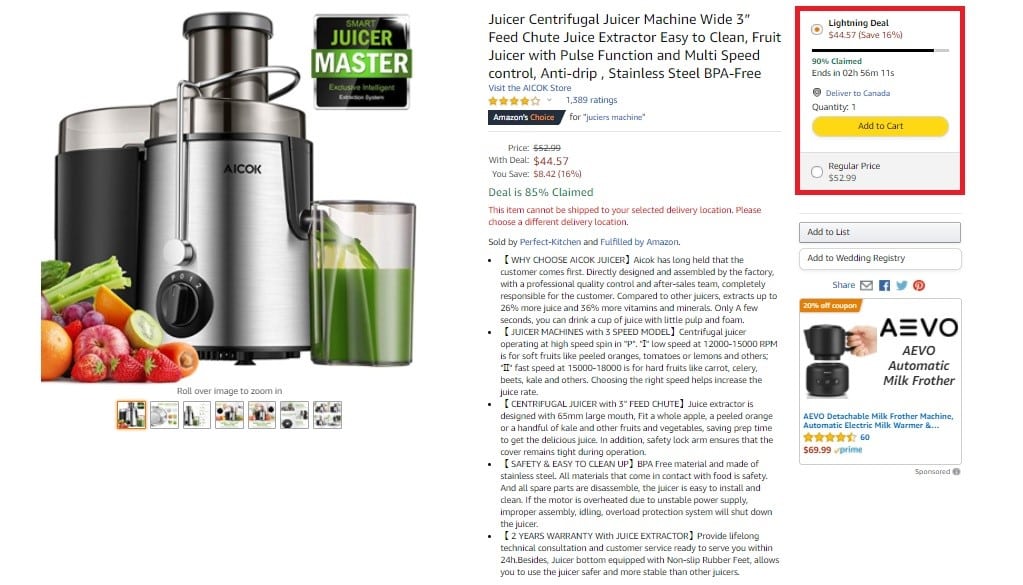
What are deals?
Deals are limited-time promotions where products are offered at discounted prices. This method is usually used to increase sales or reduce inventory. Amazon has an in-house deals system called Lightning Deals, but Amazon deals can also be offered in other deal sites.
How it works.
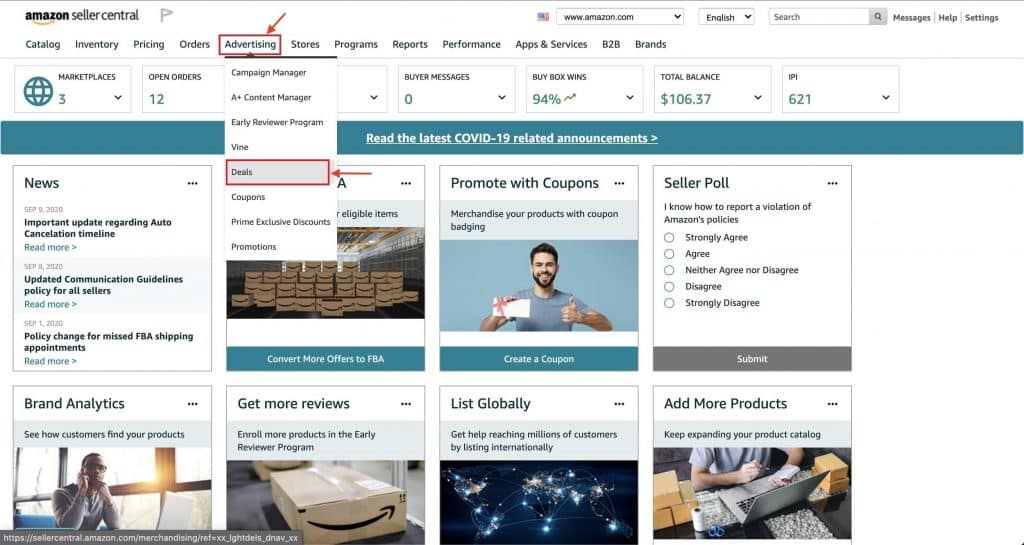
Through your seller account’s Deals Dashboard, create a lightning deal by providing the following information: deal name, eligible products with variation and quantity, deal price, and deal duration.
Note that Lightning Deals is only available for professional seller accounts. Deals also only last for 4 to 12 hours and can only be featured once every seven days. This is to ensure that buyers get fresh new deals every day.
How this can help you.
The Lightning Deals page is one of the most frequently visited pages on Amazon. Although it will require you to cut down your profit margin by offering discounted rates, this can increase your traffic and sales. This can be the most helpful for newly launched products. It can also assist you when it comes to brand recognition.
3. Amazon A+ Content
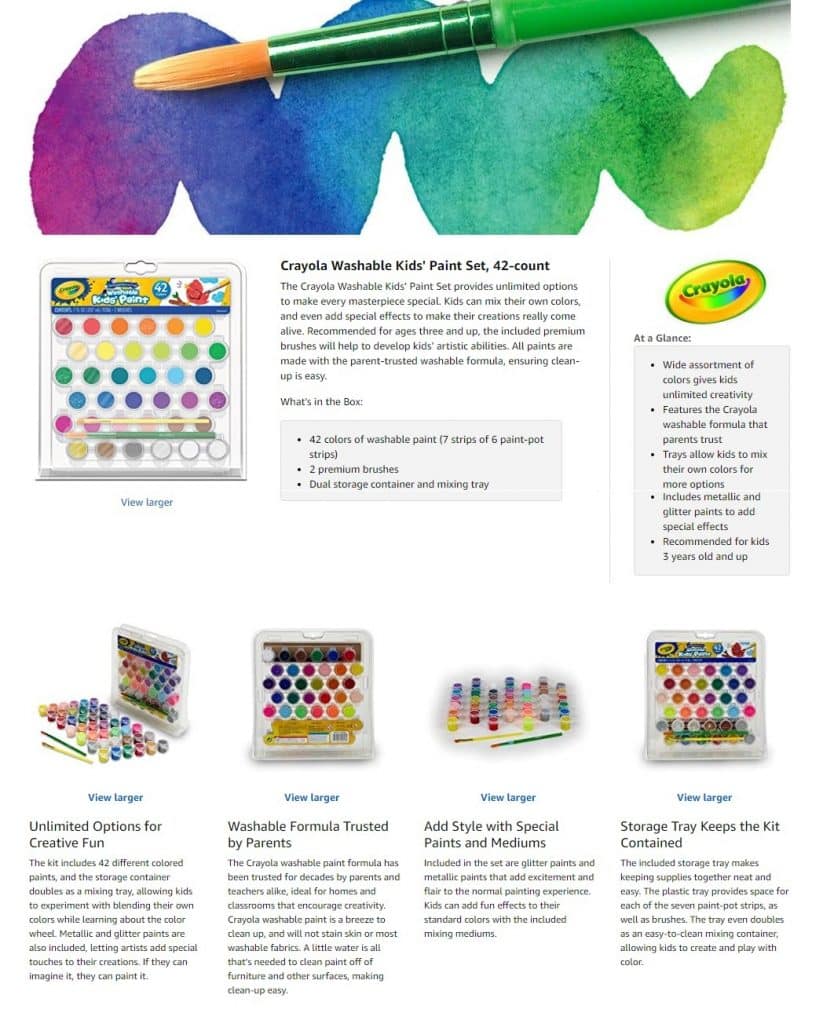
What this is.
Amazon A+ Content, a feature exclusive to registered brand owners, allows sellers to upload enhanced media for their listings. This includes introductory videos, HD photos, brand stories, and more.
How this works.
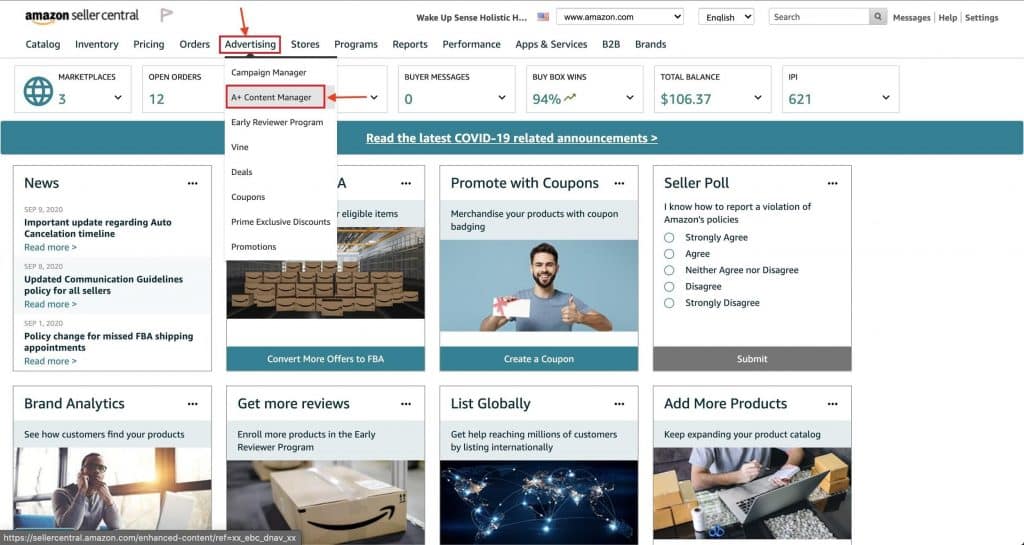
In your Seller Central homepage, click “A+ Content” under the “Advertising” tab. You can let Amazon do the building for you, or you can do the designing yourself. If you choose self-service, however, you still have to select from the existing modules. These modules are template layouts of the product page.
How this can help you.
Amazon A+ content makes it easier for sellers to offer premium-priced products because they have more opportunities to communicate the product’s value. With the help of enhanced content and the power of combined media and text, buyers are given a better user experience and a better understanding of how the product offers the best value for the buyer’s money.
4. SEO Optimization

What is it?
Aside from being an e-commerce site, Amazon also functions as a search engine. Buyers input keywords into the search bar, and Amazon generates the most relevant products based on the keywords and filters used. SEO optimization is simply making sure that your listings are visible and on top of search results.
How this works.
Amazon uses an algorithm called A9 to filter listings and provide a list of relevant results for each keyword search. The goal is to make your listings rank on the most relevant keywords or words that buyers will search for when looking for a product. To do this, listings must be optimized for both the Amazon algorithm and the buyers’ human eyes.
The Amazon algorithm changes from time to time, which can often be unannounced. For reference, here are the golden numbers from a 2018 study conducted by e-commerce solutions provider Skubana:
- 60 to 80 characters for the title
- 5 bullet points
- 6 to 8 images
- 400 characters for the description
How this can help you.
A huge chunk of Amazon sales come from the first page of search results. The farther your product is in search results ranking, the lower your its chances of being clicked and making sales. To secure consistent sales, sellers must keep listings relevant enough to at least be on the first page of search results, if not on the top three.
5. Off-site Advertisements
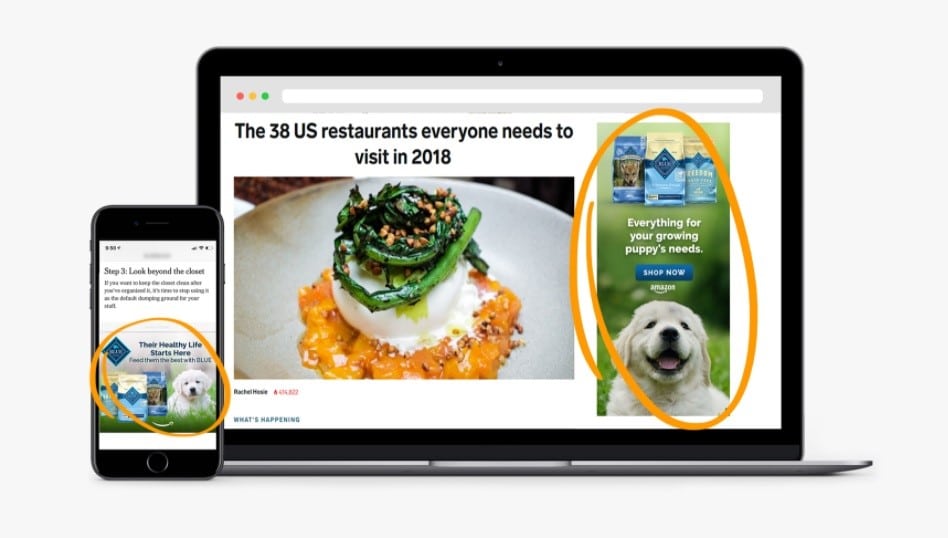
What is it?
Amazon DSP (demand-side platform) is another form of Amazon’s internal advertising features that allow sellers to use display, audio, and video ads on and off Amazon’s website. You can choose to let Amazon generate the advertisements or run things on your own. Nevertheless, DSP generates insights to help measure campaign effectiveness and to help sellers better strategize their campaign.
How this works.
Sellers will have to design the product placement itself (photo, audio, or video) according to the creative guidelines and suggested size. These advertisements contain links that direct to whichever page you want to land (website, brand page, or product page).
How this can help you.
Off-site advertisements improve conversion rates and lower cart abandonment rates. With product placement all over the internet, buyers have higher chances of brand recall. Off-site advertisements expand your reach while still making sure that you are targeting the right audience.
Key Takeaways
With the rise of opportunities online also comes the rise of competitors. Although being on the market is an excellent first step, it is essential to make the most out of the given opportunity. Even though these marketing tools are widely available, there is still a strategy that works better for each specific situation. Consult your trusted solutions provider today to make sure you get the best tools for your business.
